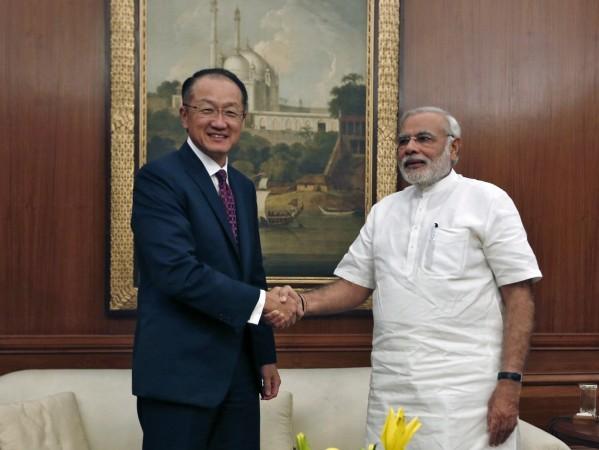The Narendra Modi government is trying to bring in Plan B of its disinvestment programme, as its earlier plans to raise almost $10bn floundered, with the government able to monetise only about $300mn until now. Officials say that the oil refinery IndianOil Corporation (IOC) could be leading the potential new sale.

Finance minister Arun Jaitley has reiterated his stand of sticking to 4.1% fiscal deficit target, even as the deficit breached 99% with another three months to go for this fiscal, leaving the government with little leverage, as tax revenues continue to remain below expectations.
The Reserve Bank of India (RBI) on Thursday announced a 25 basis-point cut, bringing the repo rate down to 7.75%, forcing the government to bring public finances onto a firmer footing.
The Centre is currently considering bringing state-owned assets to the disinvestment table, said an official from the department of disinvestment, under the finance ministry.
IOC is listed at almost $13bn; a 10% stake sale from the government's 69% holding, would net almost $1.3bn at current market rates.
Previously, the government had planned for Coal India Ltd (CIL) and Oil and Natural Gas Corp (ONGC) disinvestment at 10% and 5% in the respective companies. Together, they are worth $6.3bn at current market rates, which could have benefitted the fiscal deficit control mechanism.
However, the demand for the disinvestment in the two companies was said to be tepid, on the back of questions on policy mechanism affecting the two state-owned firms not being addressed.
The NDA government is yet to make public its plans for deciding ONGC's share of fuel subsidies. India runs a significant subsidy bill on kerosene and LPG amounting to billions of dollars on an annual basis, which is offset by the government and the upstream oil companies sharing the burden. The percentage share of the subsidy is decided on a quarterly basis, however, investors prefer to have a fixed formula, make profit estimates easier to forecast.
In the case of CIL, the government is yet to make clear the coal output target, even as the nation reels under coal production shortage and limitations in the movement of coal across the nation.

"Disinvestment is a major concern. This year again we are likely to fall well short of the target," a government official told Reuters.
Global financial investors are staying away from commodities, with the prices dropping, which will have an impact on CIL and ONGC being able to attract quality investor, said Deven Choksey, managing director, KR Choksey Shares & Securities.
However, IOC is a domestic retailer of fuel and is more directly impacted by the Indian economic factors than others. With the fall in fuel prices and the government deciding to charge oil subsidy makes IOC a better disinvestment target, he noted.
The Narendra Modi government has had to contend with anarchic Nehruvian-era rules, with the pace of reforms being slowed down by opposition from unions and bureaucratic fumbling.
Even in the past, government share sales have received tepid institutional interest, before the state-owned Life Insurance Corporation of India (LIC) has had to step in to save the day for the government. The move raises questions on how far does disinvestment really acts as one.
The December share sale in Steel Authority of India Ltd (SAIL,) saw LIC intervene to buy almost 75% of the shares offered on sale. LIC is India's largest equity investor.
U R Bhat of Dalton Capital warned that the government needs to sort out the issues, else it risks any genuine interest coming the disinvestment way, adding that while there was goodwill, it also translate into a real policy action.













